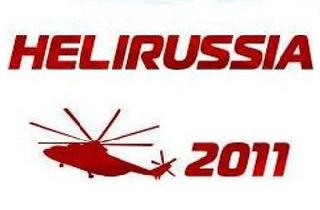
This artist's impression shows the disc around the young star T Cha. A companion object, seen in the foreground, has been detected in the gap in the disc that may be either a brown dwarf or a large planet. The inner dust disc is lost in the glare of the star on this picture. An ESO photo
PARIS (BNS): Spotting of a faint object in the planet-forming dust disc region around a very young star has led an international team of astronomers speculate about the evolution of a new planetary system in the Universe.
The new object, discovered within the gap in the dust disc formed around the star T Chamaeleontis or T Cha, could either be a planet or a brown dwarf, according to the astronomers.
The T Cha is a faint star in the small southern constellation of Chamaeleon that is comparable to the Sun, but very near the beginning of its life. The young star lies about 350 light-years from the Earth and is only about seven million years old.
“Earlier studies had shown that T Cha was an excellent target for studying how planetary systems form,” said Johan Olofsson, one of the lead authors of two papers that report the new study in the journal Astronomy & Astrophysics.
However, no forming planets were found in the transitional discs around the star before.
The astronomers first observed T Cha using the AMBER instrument and the Very Large Telescope Interferometer (VLTI) and found that some of the disc material formed a narrow dusty ring only about 20 million kilometres from the star.
Beyond this inner disc, they found a region devoid of dust with the outer part of the disc stretching out into regions beyond about 1.1 billion kilometres from the star.
“For us the gap in the dust disc around T Cha was a smoking gun, and we asked ourselves: could we be witnessing a companion digging a gap inside its protoplanetary disc?” said Nuria Huélamo, the lead author of the second paper.
After carefully analysing the findings made by VLT’s NACO instrument, the astronomers spotted the clear signature of an object located within the gap in the dust disc, about one billion kilometres from the star – slightly further out than Jupiter is within our Solar System and close to the outer edge of the gap.
“This is the first detection of an object much smaller than a star within a gap in the planet-forming dust disc around a young star. The evidence suggests that the companion object cannot be a normal star but it could be either a brown dwarf surrounded by dust or, most excitingly, a recently formed planet,” the researchers said.
Further observation will reveal more details about the new-found object, the astronomers said.
 Previous Article
Previous Article Next Article
Next Article













The Indian Air Force, in its flight trials evaluation report submitted before the Defence Ministry l..
view articleAn insight into the Medium Multi-Role Combat Aircraft competition...
view articleSky enthusiasts can now spot the International Space Station (ISS) commanded by Indian-American astr..
view article